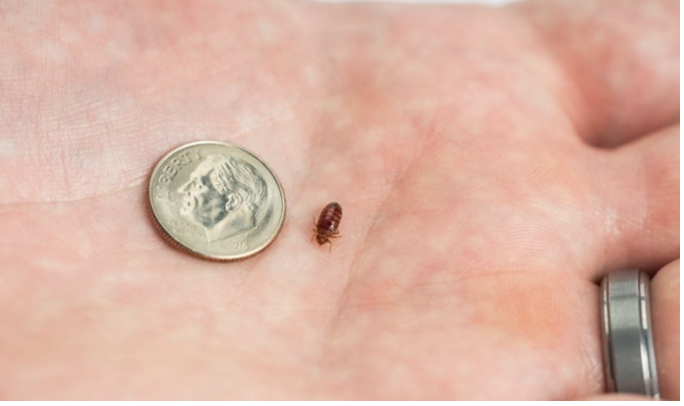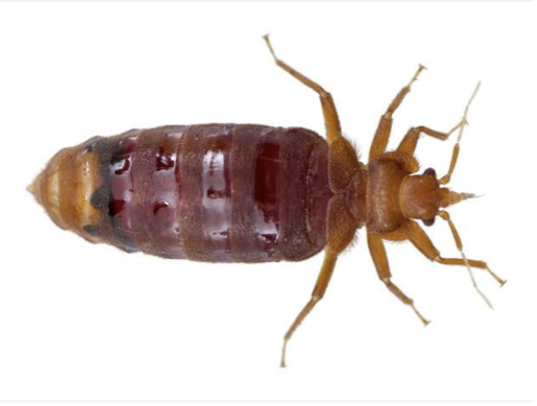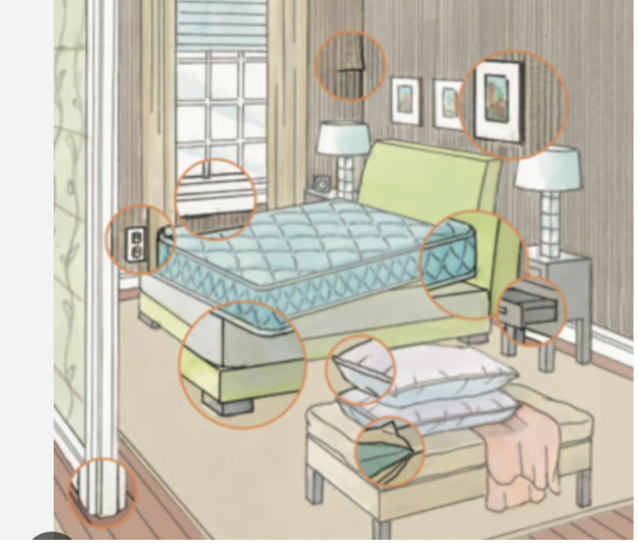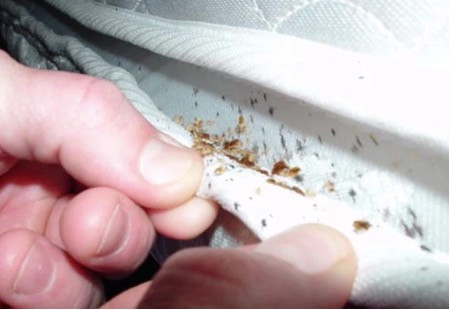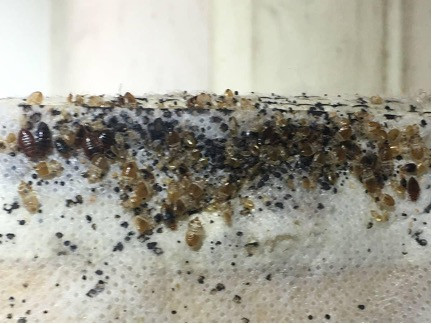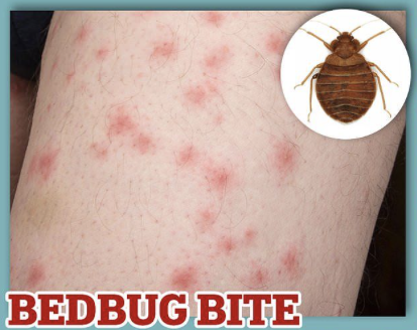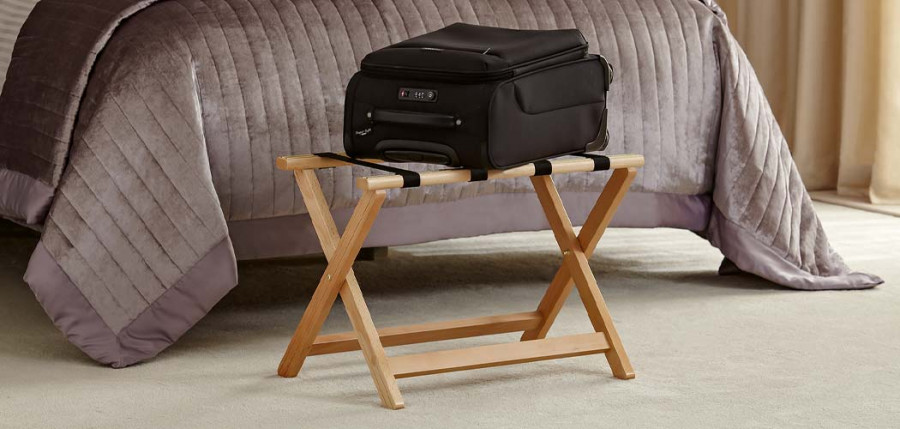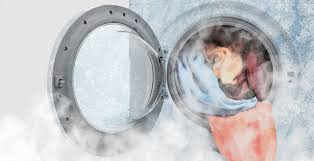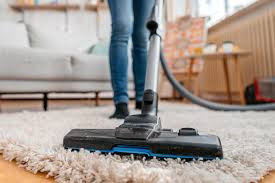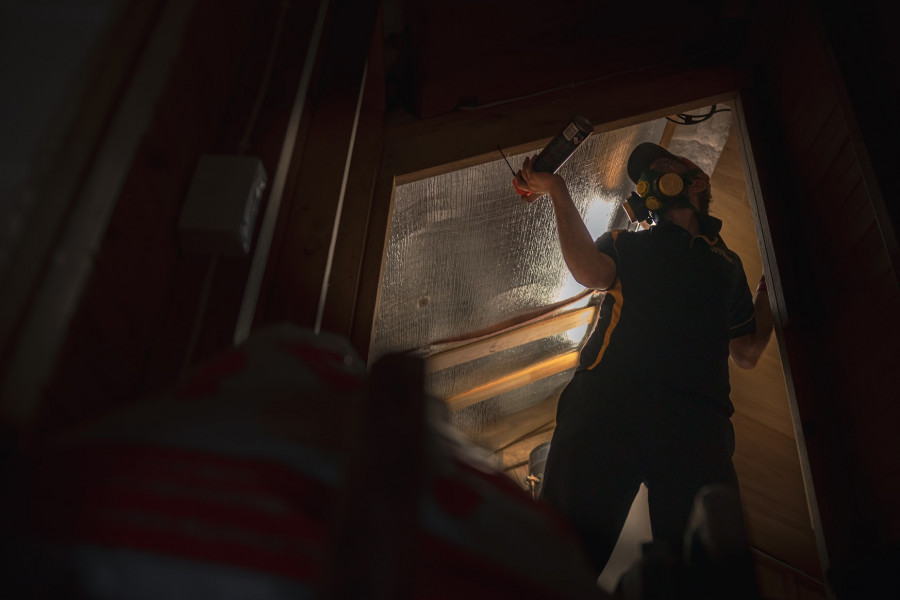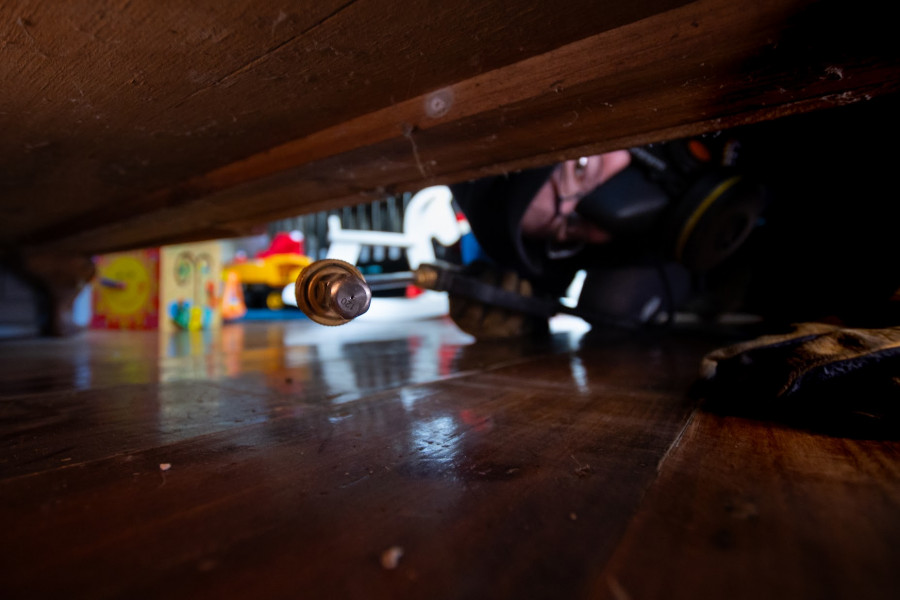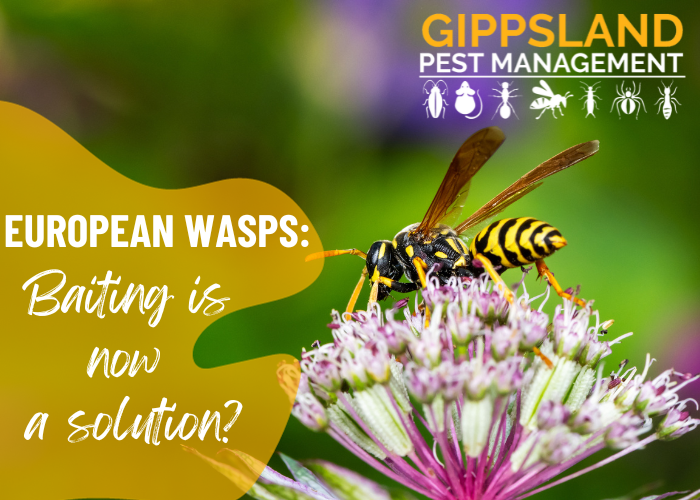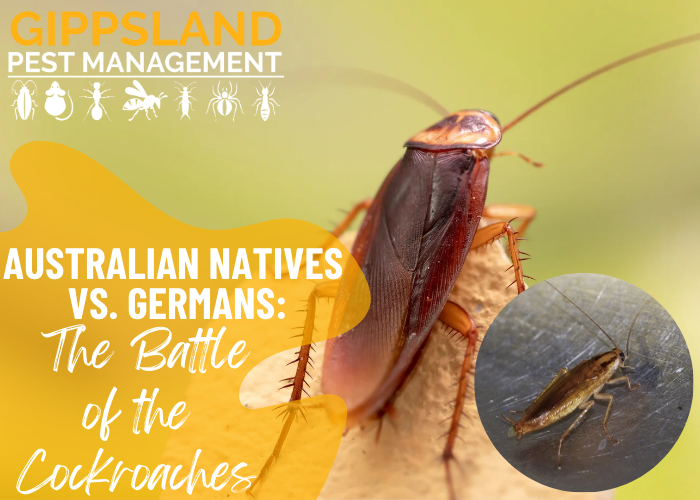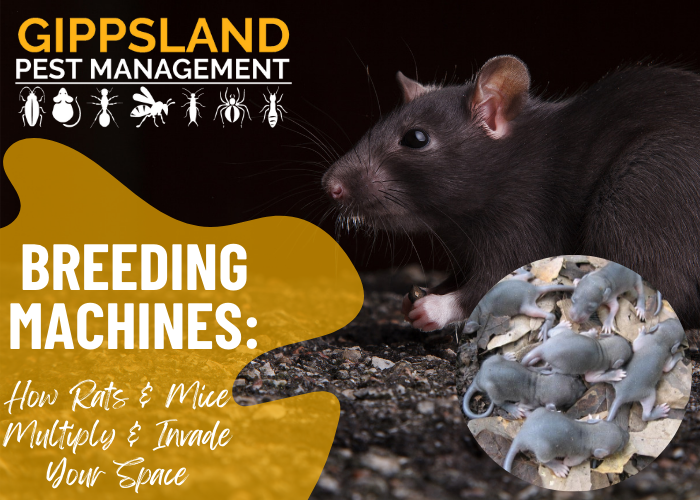Treatment Guidelines
As certified pest control professionals, Gippsland Pest Management is committed to delivering targeted and effective bed bug treatments. To maximize the success of our intervention, we ask clients to follow these essential preparation steps before our technicians arrive:
Bedding and Soft Furnishings Preparation:
• Remove All Soft Items: Please remove all bedspreads, sheets, pillowcases, mattress pads, blankets, curtains, and similar soft furnishings from the area to be treated.
• Wash Thoroughly: Wash these items at the highest possible temperature. Bed bugs are effectively killed when exposed to temperatures above 45°C. We recommend washing the items with detergent at a minimum of 50°C for at least 15 minutes.
• Drying: After washing, dry the items in a dryer at a temperature exceeding 60°C for at least 20 minutes to ensure all bed bugs are eliminated. Make sure the entire load reaches the required temperature throughout the cycle.
• Alternative Freezing Method: If washing is not possible, place the infested items in sealed bags and store them in a freezer. Ensure the core temperature of the items reaches -17°C or lower, maintaining this temperature for at least 2 hours.
Vacuuming:
• Thorough Vacuuming: Vacuum all areas where bed bugs may be present, including floors, furniture, and mattresses, to remove eggs and larvae.
• Disposal: After vacuuming, immediately seal the vacuum bag or collected waste in a tightly sealed plastic bag and dispose of it in an outdoor waste bin to prevent any remaining bed bugs from escaping.

